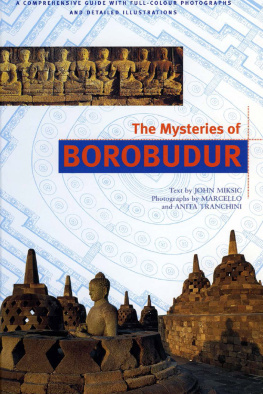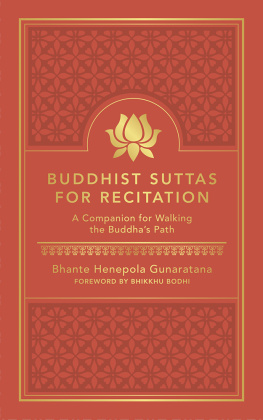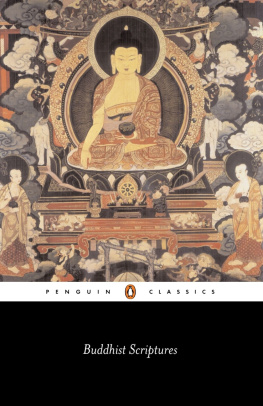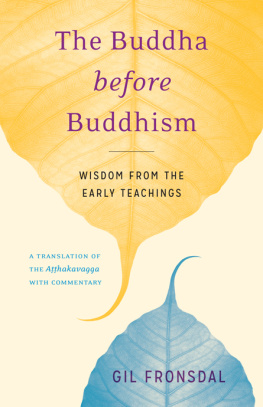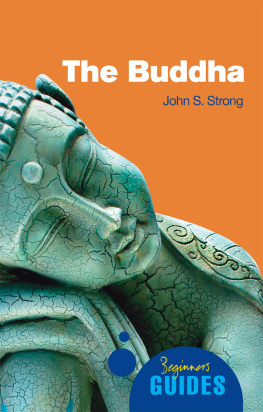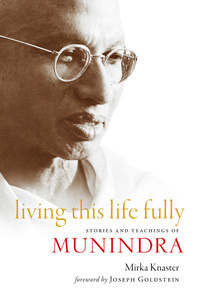APPENDIX A
Survey of Javanese Art
Those visitors to Borobudur who will not have an opportunity to visit more than a few temples in central Java will be deprived of the chance of seeing the position Borobudur occupies in the broader world of early Javanese art and civilization.
Hardly any Javanese works of art can be dated. A mere handful of monuments and sculptures have dates inscribed on them. Most of the major sites of Borobudur's period were excavated in the early twentieth century before archaeologists began to apply scientific techniques in their explorations. Monuments and statues were unearthed without any proper records of their precise relationship to one another or to the different layers of soil. Without these details we cannot hope to reconstruct the history of Javanese art with any accuracy.
Thus we are forced to fall back upon less precise and reliable methods to estimate the dates of works of art. Buddhist and Hindu Javanese art is usually divided into two periods: the central Java period, between A.D. 700 and 900, and the east Java period, which lasted from 900 until 1500. Thereafter Javanese art entered the Islamic phase.
Most of the temples and sculptures of the central Javanese period are found in the interior of the island between the Dieng Plateau in the west and Mt. Lawu in the east, but there are a few examples several hundred kilometers further east. The extant examples of central Javanese art were mostly used for religious purposes. The principal exceptions are large numbers of gold jewelry: rings for fingers, toes, and ears, headdresses, necklaces, hair ornaments and cords for the waist and chest. All these, including a gold merchant's shop, can be seen on the reliefs of Borobudur.
There are other monuments with architectural forms like Borobudur's on the Asian mainland, but ironically there are no others in Indonesia. It seems that the Javanese were content with one such structure. The other buildings which remain from the central Javanese period are more conventional in that they contain rooms to house cult objects, perhaps to hide them from profane eyes.
Buddhist Temples The only two ancient temples left standing near Borobudur are Mendut and Pawon. Both were built around the same time as Borobudur, but each has a different shape. Pawon is small and has windowsan unusual feature found in few surviving Javanese templesbut no narrative reliefs. Mendut is very large and houses the three biggest Buddhist statues preserved intact on Java. Its stair walls are decorated with narrative reliefs from the Birth Stories.
In the Prambanan Plain, the best-preserved Buddhist temples are Kalasah, Sari, Sewu and Plaosan. All are decorated on the exterior with carvings of bodhisattvas, but have no narrative reliefs. Sari and Plaosan had provision for a second interior story with a wooden floor, but it has since disappeared. All originally consisted of one main sanctuary (or in Plaosan's case two) surrounded by many smaller temples and stupas, but at Kalasan and Sari the subsidiary buildings have disappeared.
Hindu Temples Except for the great Loro Jonggrang complex at Prambanan, the Hindu temples of central Java are smaller in size, but more numerous than the Buddhist temples. They span a longer period as well, from the late seventh to the late ninth century. Whereas the Buddhist temples are concentrated in the two broad plains in the middle of the island, near the probable centers of royal power, many of the Hindu temples are located in relatively remote areas and were probably built by local authorities. The Hindu architects formulated a standard plan at an early stage, which they followed later with minor variations in both small and great monuments. The central cult object was usually a linggum, a phallic symbol of Siva, although at Loro Jonggrang the main cult object was a statue of Siva. Around him were placed statues of the teacher Agastya on the south and Durga, the female essence of Siva, in the act of slaying the bull demon on the north. The entrance to the temple might be either on the east or west; opposite the entrance was an image of Ganesha, Siva's elephant-headed son, who helped men to overcome obstacles.
Among all the Hindu temples of central Java, only the Loro Jonggrang complex had a series of narrative reliefs. These begin on the main temple, where they depict the Ramayana the story of Rama's attempt to regain his throne and his wife after he is wrong-fully deprived of both. The story continues on the next temple, dedicated to the second member of the Hindu trinity, Brahma. On a third temple, dedicated to Vishnu, are reliefs depicting the life of Vishnu in his incarnation as Krishna.
The East Javanese Period No important temples of the early east Javanese period have been discovered. After central Javanese civilization vanished, several centuries passed before more monuments were built in east Java. By this time Javanese religion had undergone important changes. The gap between the elite and the commoners seems to have been much wider in east Java; many temples may have been meant mainly as places for the nobility to conduct secret rituals. The forms of architecture and sculpture had evolved far from those in central Java. Almost all the east Javanese temples were built of brick instead of the basaltic stone which the central Javanese chose as their principal building material.
There are no symmetrical complexes in east Java like Loro Jonggrang or Sewu, but there are large irregular temple groups such as the one at Panataran, near Blitar. Many of these temples were built as memorials dedicated to specific deceased rulers. There is no evidence that such beliefs had been prominent in central Java.
One of the few stone temples built in east Java was erected at Singhasari, near Malang, in memory of the assassinated last ruler of that kingdom; his body was never found. Others of brick are scattered over the valleys of the Brantas and Solo Rivers.
The greatest kingdom to appear in pre-Islamic Indonesia was named Majapahit. During the 14th century Majapahit claimed suzerainty over an area larger than modern Indonesia. Two types of temples were built in Majapahit. One type is found at such lowland sites as Trowulan (the capital), Jago, Kidal and Jawi. The forms of these temples are generally similar to the Hindu temples of central Java. The other type of temple was built on the upper slopes of mountains, where esoteric forms of worship took place. Examples include Sukuh and Cetoh on Mt. Lawu, and numerous complexes on such east Javanese mountains as Penanggungan, Ringgit, Arjuna and Argapura. These simpler sanctuaries were wooden pavilions. Their major structures were simply stone terraces, with three to seven levels ascending the mountainside toward the peak, with one to three altars on the topmost terrace. We can still detect a faint echo of Borobudur in this terraced form, even though the rituals performed at these sites would have seemed completely foreign to an Indian.
In spite of the fact that the statuary at these sites shows no trace of the grace and serenity of the central Javanese examples, the terraced form of these monuments may indicate that a faint memory of Borobudur persisted. Meanwhile, trees and volcanic ash were gradually drawing their shroud over the site and Borobudur was sleeping the long sleep which would only end when Cornelius arrived in 1814.
APPENDIX B
The World of Mandalas
The Matrix World or Dharma Dhatu Mandala According to the Mahavairocana scripture, the diagram drawn on the ground with colored powder was to be divided into 81 squares, organized in concentric groupsnine in the center, then outer rings of 16, 24 and 32. On the first day, the master of the ceremony performed a ritual to awaken the gods who occupied the space where the diagram was to be set up, in order to obtain their assistance. On the third day he dug a small hole in the ground into which he put five precious materials, five fragrant things, five medicines, and five grains, all in small containers of porcelain, gold or silver. The hole was then filled, and on top of it an initiation vase was placed with five more gems, perfumes, medicines, and grains. Sandalwood powder was used to mark critical locationsthe places where images of buddhas and bodhisattvas should be put.


